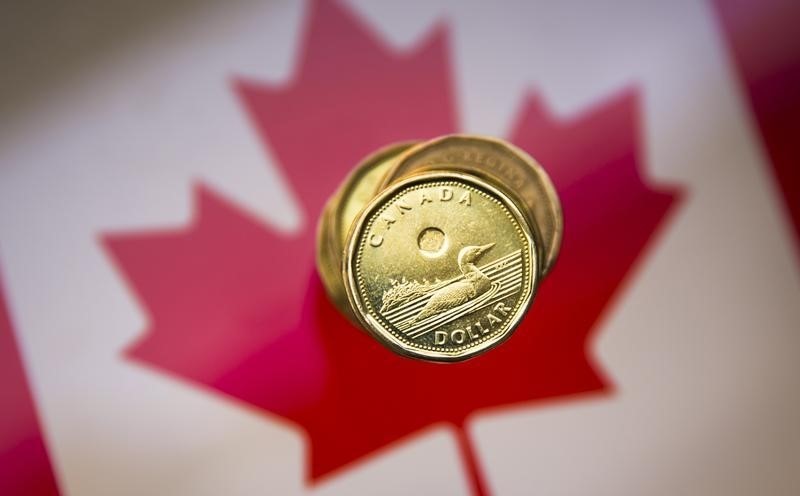* Canadian dollar rises 0.4% against the greenback
* Annual inflation rate edges up to 1.9%
* Trade deficit falls in February to C$2.9 billion
* Canadian bond prices rise across the yield curve
TORONTO, April 17 (Reuters) - The Canadian dollar strengthened to a four-week high against the greenback on Wednesday as bets on a Bank of Canada interest rate cut this year were checked by domestic data showing higher underlying inflation and a narrower trade deficit.
Canada's annual inflation rate edged up to 1.9% in March from 1.5% in February, while two out of three of the Bank of Canada's measures of core inflation edged up into the 2.0% range, Statistics Canada data indicated. data from Statistics Canada showed Canada's trade deficit declined for a second straight month in February, falling slightly to C$2.9 billion, after reaching a record high of C$4.8 billion in December 2018. of an interest rate cut this year fell to less than 20% from about 25% before the data, the overnight index swaps market indicated. BOCWATCH
At 9:27 a.m. (1327 GMT), the Canadian dollar CAD=D4 was trading 0.4% higher at 1.3293 to the greenback, or 75.23 U.S. cents. The currency touched its strongest intraday level since March 20 at 1.3275.
The gain for the loonie came as upbeat economic data from China lifted investor sentiment. price of oil, one of Canada's major exports, was boosted by China's data and a fall in U.S. crude stocks which defied expectations and signaled firm demand. crude CLc1 prices were up 0.4% at $64.31 a barrel.
A right-of-center party swept to power in Canada's main oil-producing province of Alberta on Tuesday and attacked Prime Minister Justin Trudeau's efforts to fight climate change, raising tension just months ahead of a federal election. government bond prices were lower across the yield curve, with the two-year CA2YT=RR down 7.5 Canadian cents to yield 1.673% and the 10-year CA10YT=RR falling 34 Canadian cents to yield 1.823.
The gap between Canada's two-year yield and its U.S. equivalent narrowed by 4 basis points to a spread of 74 basis points in favor of the U.S. bond.
